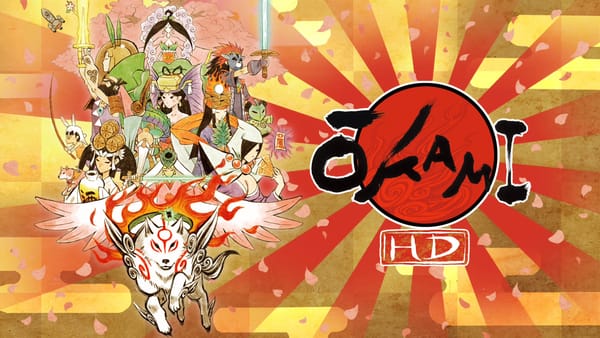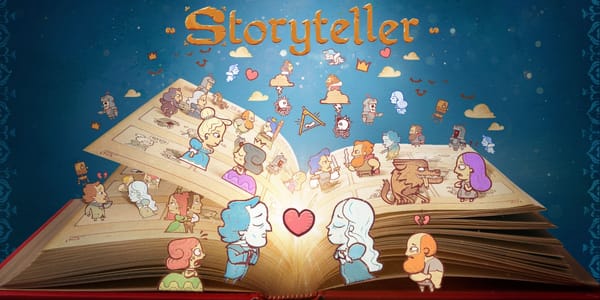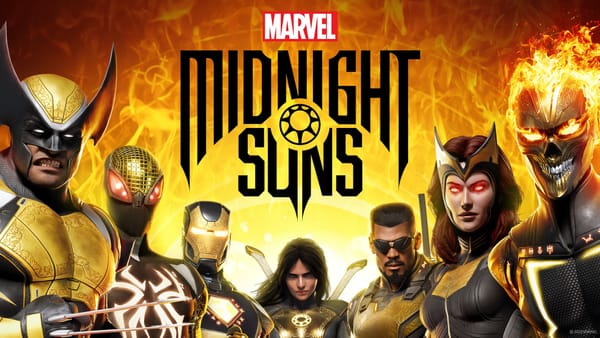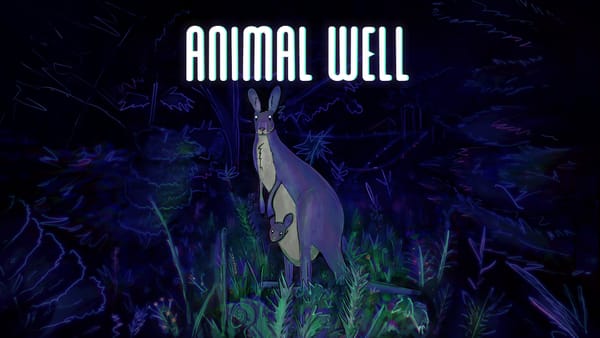Spiritfarer and the perils of beauty
Efficiency isn’t the enemy of meaning
Once, in a fiction workshop, a peer suggested that maybe, perhaps, possibly I didn’t need to spend so much time describing how a character reached for a doorknob. In my mind, the sentence was meant to show the agony of a person struck by indecision, how even something as simple as opening a door could be a moment fraught with tension, momentous even its mundanity, in the way that all actions we take, big and small, accumulate toward that larger thing we call meaning. For my peer, however, it was simply a too-long description of reaching for a doorknob. It was boring. Overwrought. Distracting. That sentence has long since been lost to the trash bin of fictioneering, but it has stayed with me as a reminder of one of my bad habits: the belabored description of something that ought to be routine and assumed.
Spiritfarer has animations that are entirely too beautiful. This is an odd complaint to have about a videogame, a medium that in many ways is about making the player ooo and ahh over the arrangement of two to eight million pixels. But I think it’s true. Spiritfarer, in its obsession with beauty, misunderstood something essential about its own design, best captured by its own tagline: “A cozy management game about dying.”
And it is cozy. You play as Stella, who succeeds Charon as ferryperson to the dead. Grim premise, cute game: the gorgeous, hand-drawn artwork and warm color palette present themselves as the aesthetic opposite Hades, Spiritfarer’s brother in Greek fanfic. The central gameplay involves finding wayward spirits, recruiting them to join you on your ship, then completing tasks for them until they are ready to pass into the great beyond. Each of the surprisingly large cast of characters takes the form of a cute anthropomorphized animal, and they all accept hugs. Hugs that are beautifully animated and unique to each character. Hugs that sometimes go on for a bit too long. Hugs that are fun to watch the first time but become increasingly rote and tedious as you progress toward the tenth, twentieth, and thirtieth of such hugs.
I’m being unfair. The hugs are honestly the least of my problems with Spiritfarer. Let the record show that I, Grayson James Morley, would like to see more games with a hug button. Still, they are indicative of a game that misunderstood the “management” part of “management game.” Management games, including the likes of Animal Crossing and Stardew Valley, are about repetition. Tasks that you perform many times over, with either greater reward or greater competency over time. In comparing Spiritfarer to these games, one begins to appreciate the efficiency of their most central and repetitive tasks. The way a fishing rod is cast in Stardew is not beautiful, but it is quickly accomplished. The NookPhone in Animal Crossing: New Horizons, however representative of the capitalistic urge to achieve, is not belabored or beautified in any way. They are simply functional, and in a genre where tasks are meant to be performed tens and hundreds of times over, functional actions become essential, not just to the experience of the game, but to its ability to convey whatever it is it has to say. Things such as learning to cope with death.
I didn’t complete Spiritfarer, but what I did play of it was sincere and occasionally moving. One character in particular, Summer, resonated with me. She spoke widely of her meditative practice, and how, in seeking peace with life, she had to relinquish her sense of control. As she faces death for the final time, she tells you that you’ve been a wonderful and gifted student. She thanks you as she leaves the world behind once and for all, placing gratitude at the center of her death, just as she placed it in the center of her life. As she passed on, I felt legitimate grief.
Unfortunately, those moments are punctuated by hundreds of animations that take up more time onscreen than they deserve. The worst offender was mining, which, if failed, requires you not only to sit through a three-second failure sequence but to reposition yourself after your character has gotten up and dusted herself off, only to begin again. Mining is an action that occurs hundreds of times during the game. Failure and success are milliseconds apart. Mining did not need to be beautiful. It needed to be functional so that the things that were beautiful could be appreciated for what they were: a break from the mundane. Meaning amidst the muddle. For a more patient player, I imagine Spiritfarer has many more moments of grace. I only wish its labor weren’t so belabored.





